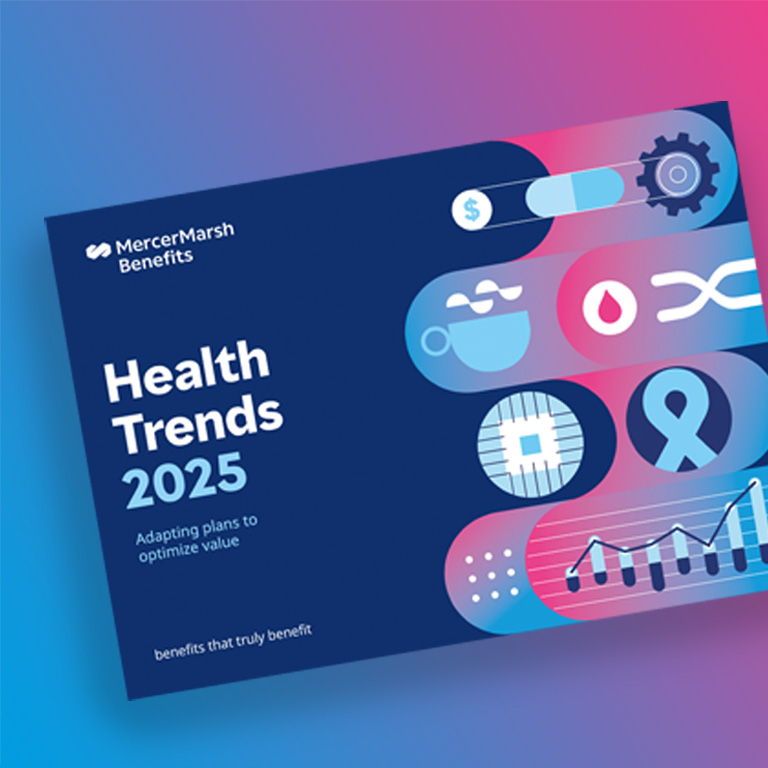
By Blake Gleeson ,
Chief Client Officer, MMB
28/09/2021 · 8 minute read
The ultimate responsibility for each individual people risk varies considerably between companies - there is a lack of standardisation of roles and responsibilities for managing the numerous people risks across organisations. In order to effectively manage and mitigate these risks, there is a need for greater clarity around accountability and stronger cooperation across organisations.
The Five Pillars of People Risk report found that:
The following is a structure we have seen in a mature organisation that genuinely wants to support their workforce with regards to illness and injury:
Whilst the intent of this organisation is commendable, this approach exposes the business to inconsistencies, duplications, gaps and inefficiencies, as these departments are operating in siloes.
This “siloed” approach is also commonly exhibited within individual people risks, such as when managing responsibility for work-related illness and injury. In some organisations, work related mental illness and injury might be the responsibility of HR, whereas physical illness and injury might rest with occupational health and safety instead. This disconnect and inconsistency increases the likelihood of fines, penalties and prosecutions under H&S legislation for failing to effectively control these “foreseeable” risks.
By working together to identify and prioritise key people risks, pooling budgets and resources, organisations can more effectively manage these risks and better protect their people.
However, this cannot be achieved without the active engagement and commitment of an organisation’s C-suite to adopt an enterprise-wide risk mitigation strategy that is driven from the top down. This will require organisations to take a step back and look at people risk holistically, understand and define the outcome they wish to achieve, and take a strategic approach to people risk management. This will prove to be more effective than having multiple internal departments and stakeholders who are working in siloes and competing for finite resources and budgets.
This strategic approach will involve:
Breaking down departmental siloes and, defining clear roles and accountabilities for the delivery of this strategic plan is absolutely crucial. This will ensure the effective collaboration between HR, risk managers, occupational health and safety, and finance; and this will be owned and driven by the organisation’s Senior Executive.
By implementing this clearer, strategic approach, organisations will be able to more effectively contain costs - reducing leakages and ensuring that every dollar is spent effectively in a way that truly benefits employees and serves the business.
MMB can work with various stakeholders across organisations to complement and extend the people risk management capabilities our clients already have. If you would like to learn more, speak to your broker at MMB or contact us here.

Article
13/10/2024